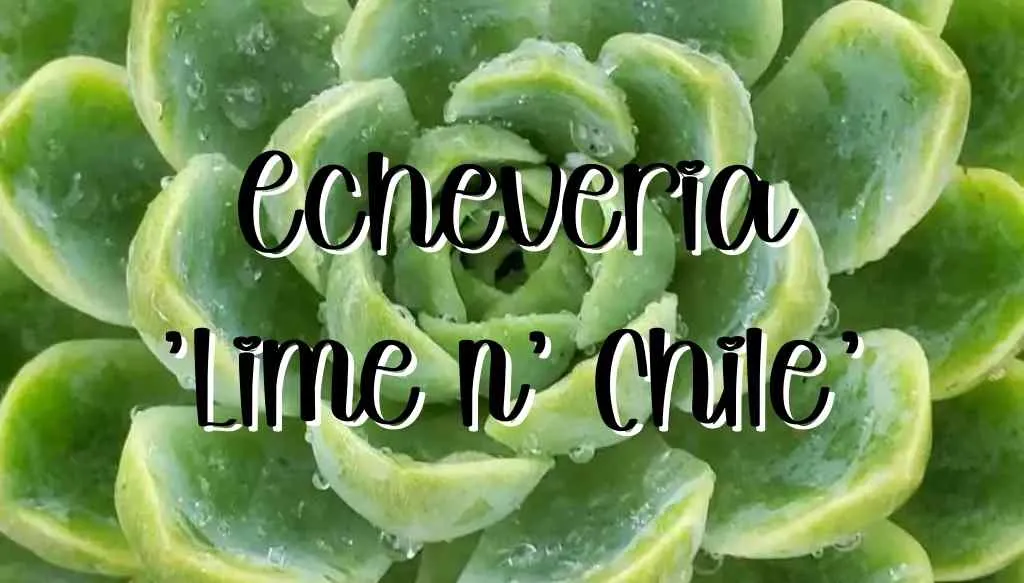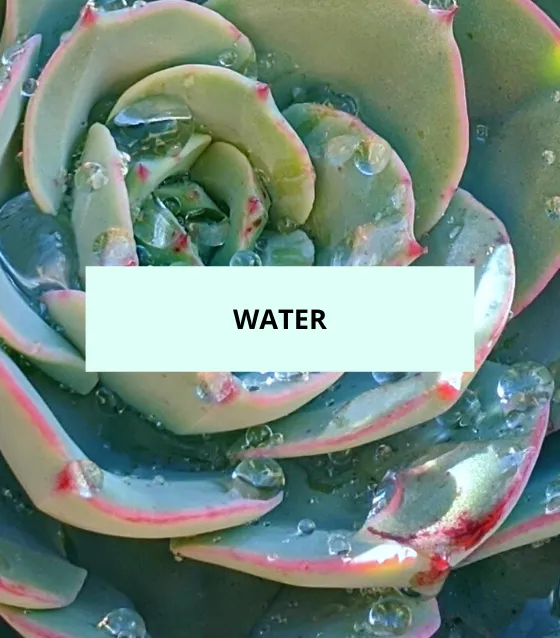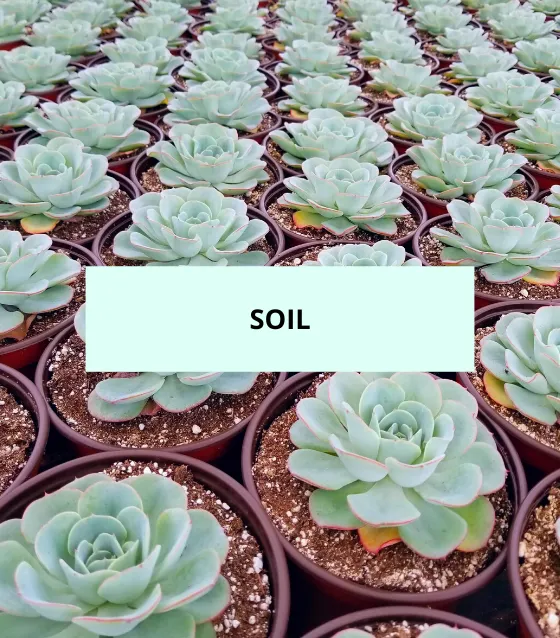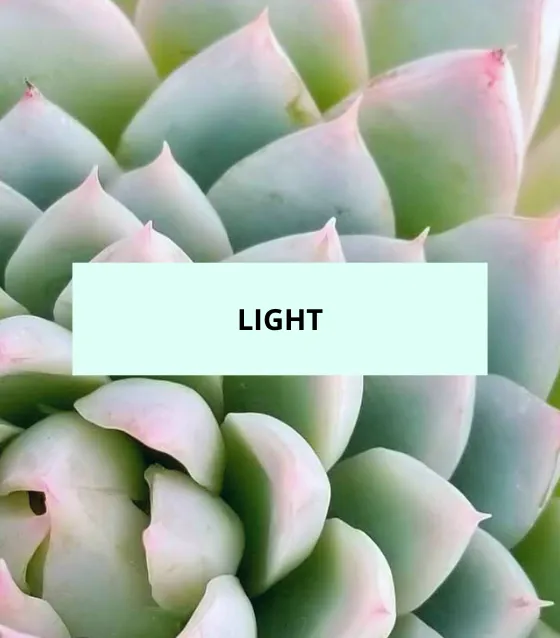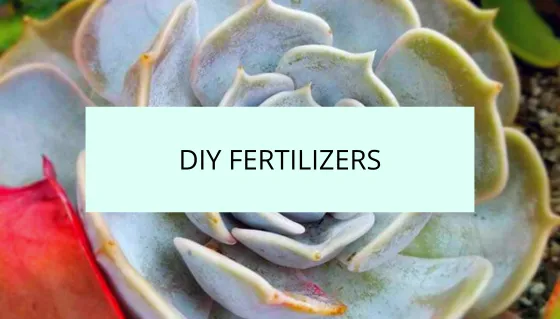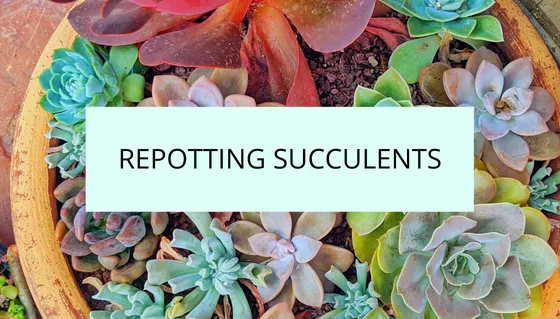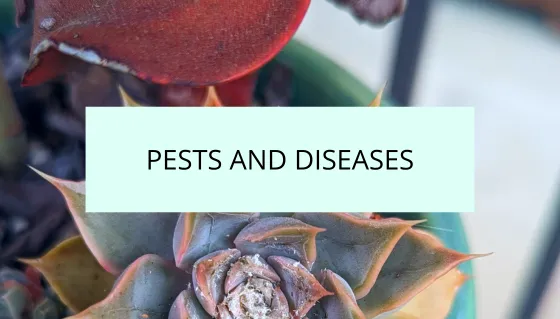Echeveria ‘Lime n’ Chile’ is a popular succulent plant known for its beautiful rosette-shaped foliage and vibrant coloration. In this comprehensive care guide, we will explore everything you need to know about this stunning succulent, including its common names, appearance, care requirements, propagation methods, potential problems, and more. If you’re already a succulent enthusiast, you’re in for a treat!
Dig in!
Common Names
Echeveria ‘Lime n’ Chile’ is commonly referred to as ‘Lime n’ Chile Echeveria.’ However, it is important to note that this specific cultivar may not have widely recognized alternative names.
Plant Appearance and Growth
This succulent features compact rosettes with thick, fleshy leaves that exhibit a striking lime green coloration. The foliage is typically spoon-shaped and arranged in a tight, overlapping pattern, forming a visually appealing rosette. Echeveria ‘Lime n’ Chile’ can reach a mature size of about 6 inches (15 cm) in diameter, making it a relatively small succulent.
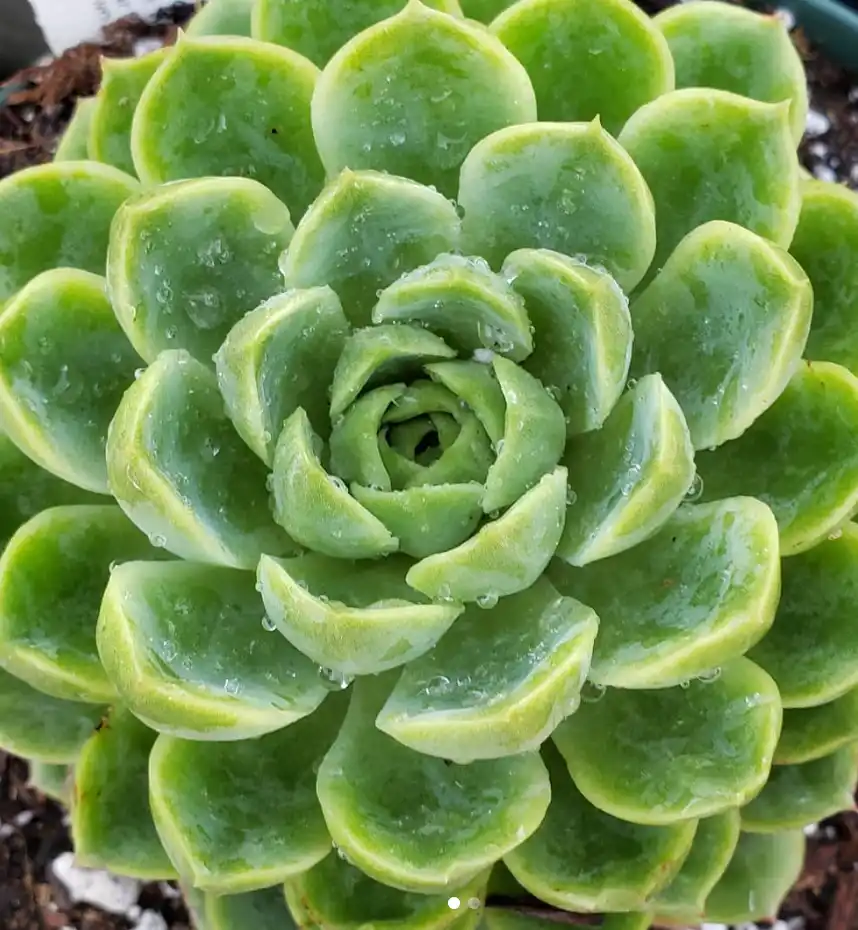
Flower Color and Blooming Period
When in bloom, Echeveria ‘Lime n’ Chile’ produces lovely coral-colored flowers. The flowering period typically occurs during the summer months, usually from late spring to early summer. The vibrant blooms add an extra touch of beauty to this already stunning succulent.
When you’re rooting or transplanting your succulents and cacti, use SUPERthrive to help reduce the chance of transplant shock and grow a strong root system.
Echeveria ‘Lime n’ Chile’ Care Requirements
Light Requirements
Echeveria ‘Lime n’ Chile’ thrives in bright, indirect light. To ensure optimal growth and color development, place your succulent in a location where it receives at least six hours of sunlight per day. However, be cautious of intense, direct sunlight as it may lead to sunburn or leaf damage. A well-lit windowsill or a spot near a south-facing window is often ideal.
Watering
Like most succulents, Echeveria ‘Lime n’ Chile’ is drought-tolerant and prefers infrequent watering. Allow the soil to dry out completely between waterings to prevent the risk of root rot. As a general guideline, water your plant when the top inch (2.5 cm) of soil feels dry to the touch. During the winter months, reduce watering frequency to mimic the plant’s natural dormancy period.
Soil Requirements
This succulent thrives in well-draining soil that allows excess moisture to escape quickly. A mixture of regular potting soil and perlite or pumice works well to provide adequate drainage. Avoid using heavy or moisture-retaining soils, as they can lead to waterlogged conditions that may harm the plant’s roots.

Consider amending your soil with Bonsai Jack’s gritty mix to ensure your succulent soil drains quickly to prevent it from staying moist for too long. Source: Etsy
Temperature Tolerance and Hardiness Zone
Echeveria ‘Lime n’ Chile’ is a warm-weather succulent and prefers temperatures between 65°F and 85°F (18°C to 29°C). It is not frost-tolerant and should be protected from freezing temperatures. The ideal USDA hardiness zone for growing Echeveria ‘Lime n’ Chile’ outdoors is 9 to 11.
Fertilizer
To promote healthy growth and vibrant foliage, it is recommended to feed Echeveria ‘Lime n’ Chile’ with a balanced, water-soluble succulent fertilizer. During the active growing season, apply the fertilizer at half the recommended strength once every two to four weeks. Avoid over-fertilization, as it can lead to nutrient burn and damage the plant.

Succulent fertilizer available to purchase on Etsy.
Propagation Methods
Echeveria ‘Lime n’ Chile’ can be propagated through various methods, including leaf cuttings and offsets. Leaf cuttings involve removing a healthy leaf from the mother plant and allowing it to callus for a few days before placing it on well-draining soil. Keep the soil lightly moist until new roots and rosettes form. Offsets, also known as pups, are small plants that grow from the base of the parent plant. Gently separate the offsets and plant them in their own containers using well-draining soil.
Common Pests and Solutions
While Echeveria ‘Lime n’ Chile’ is generally resistant to pests, it may occasionally attract mealybugs, aphids, or spider mites. If you notice any signs of infestation, such as white cottony clusters or webbing, promptly isolate the affected plant to prevent the pests from spreading. Treat the infestation by using a gentle insecticidal soap or neem oil spray, following the instructions on the product label. Regularly inspecting your succulent for pests will help you catch and address any issues early on.
As an Amazon Associate I earn from qualifying purchases at no additional cost to you.
Fix the pest problem on your succulents and cacti with these popular insecticides.
Common Problems and Solutions
Echeveria ‘Lime n’ Chile’ may encounter a few common problems, such as:
- Overwatering: Excessive moisture can lead to root rot and other fungal diseases. Ensure the soil dries out completely between waterings and adjust your watering frequency accordinglyif you notice signs of overwatering. Trim any affected roots and repot the plant in fresh, well-draining soil.
- Leggy Growth: Insufficient light can cause Echeveria ‘Lime n’ Chile’ to stretch out and become leggy. If you notice elongated stems and a sparse rosette formation, provide the plant with more direct sunlight or a grow light to encourage compact, healthy growth.
- Leaf Loss: Dropping leaves can be a natural occurrence, especially during the dormant period or when the plant is stressed. However, if you notice excessive leaf loss or discoloration, evaluate the plant’s watering and light conditions. Adjusting these factors and ensuring proper care should help resolve the issue.
Growing Indoors
Echeveria ‘Lime n’ Chile’ can be successfully grown indoors, given the right conditions. Place the plant in a well-lit area near a south-facing window or provide supplemental grow lights for adequate light exposure. Ensure proper air circulation to avoid overly humid conditions. Indoor humidity levels are generally lower, which can benefit the plant’s overall health.
Toxicity
Echeveria ‘Lime n’ Chile’ is non-toxic to cats, dogs, and humans. This makes it a safe choice for households with pets or small children. However, it’s always a good practice to keep any plant out of reach of curious pets or children to prevent accidental ingestion.
Unique Adaptations
While Echeveria ‘Lime n’ Chile’ does not possess any specific adaptations that set it apart from other succulents, its ability to store water in its fleshy leaves allows it to survive in dry environments. This adaptation helps the plant endure periods of drought and low water availability.
Repotting
Echeveria ‘Lime n’ Chile’ generally requires repotting every two to three years or when the plant outgrows its current container. Signs that your succulent needs repotting include roots protruding from the drainage holes or the plant becoming top-heavy. When repotting, choose a slightly larger pot with drainage holes and use fresh, well-draining soil. Handle the plant with care to avoid damaging the delicate leaves.
Pruning
Pruning Echeveria ‘Lime n’ Chile’ is not necessary for its overall health. However, you can remove any dead or damaged leaves by gently pulling them away from the base of the plant. This helps maintain the plant’s aesthetic appeal and prevents decaying foliage from affecting the rest of the succulent.
With this comprehensive care guide, you now have all the information you need to successfully care for your Echeveria ‘Lime n’ Chile’ succulent. Enjoy the beauty and vibrancy of this stunning plant, and may it thrive in your succulent collection!

